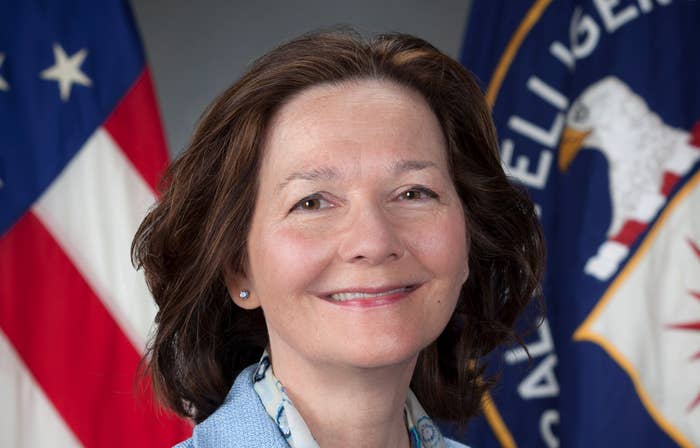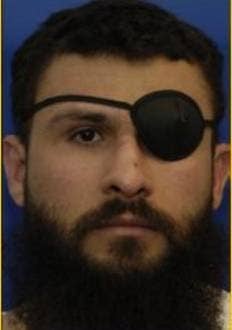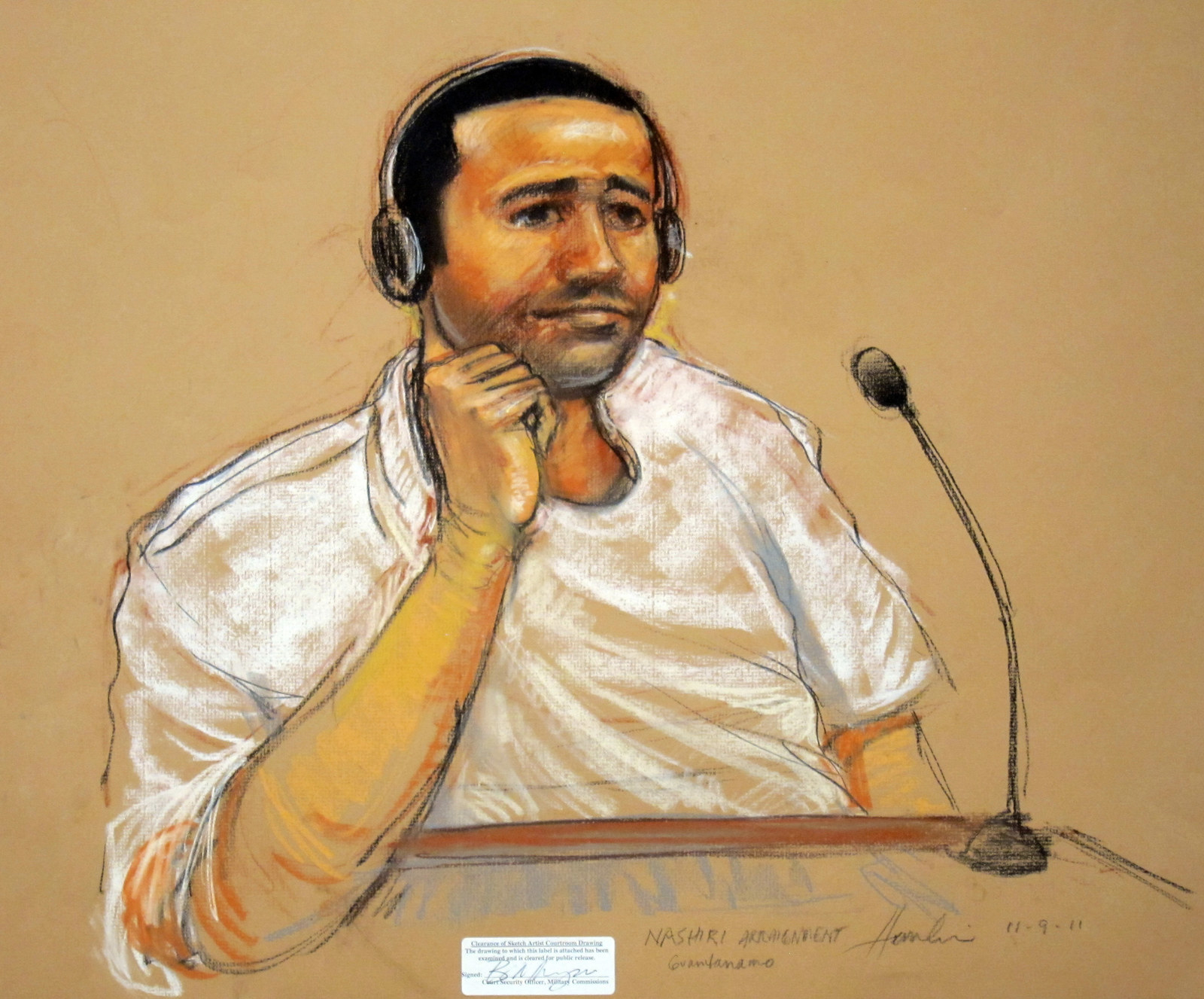
The role that President Donald Trump’s nominee for CIA director had in torturing detainees has become increasingly unclear after a series of influential news organizations backed off stories claiming she’d overseen one suspect’s torture in 2002.
The recent corrections may increase pressure on the CIA to declassify documents that would explain Gina Haspel’s role in the “rendition, detention and interrogation” program that the agency established after 9/11 to hold and brutally question terrorism suspects at secret prisons overseas.
Four senators, including Republican Rand Paul of Kentucky, have said they will vote against Haspel. A fifth, Republican John McCain of Arizona, has said Haspel must explain her involvement.
Paul stepped up his opposition Sunday, saying on CNN’s State of the Union that he would “do whatever it takes, and that includes a filibuster” to block Haspel’s confirmation. On CBS’s Face the Nation, Paul said, “My main concern about her is that she oversaw an illegal black ops operation in Thailand.”
But certainty about her role in the program has been shaken by an extraordinary series of corrections since Thursday; four news organizations, including the New York Times, have amended or retracted articles that said Haspel was in charge of the torture of the first terrorism suspect captured after the Sept. 11 attacks.

The CIA declined a request from two Democratic senators to declassify details about her career in February 2017, when Trump named Haspel the CIA’s deputy director. On Thursday, California Sen. Dianne Feinstein made the same request of the CIA, saying senators need information about Haspel’s role in the torture program “to fully and fairly review her record and qualifications.”
“I also believe the American people deserve to know the actual role of the person nominated to be the director of the CIA played in what I consider to be one of the darkest chapters in American history,” Feinstein, a Democrat, wrote.
On Friday, the New York Times corrected a story it published on Feb. 3, 2017, that said in its first sentence that Haspel “oversaw the torture” of two terrorism suspects at a secret CIA prison in Thailand. The correction says that Haspel “oversaw the site” during the torture of one suspect, Abd al-Rahim al-Nashiri, but that she “did not supervise the interrogation and waterboarding” of the other suspect, who’s known as Abu Zubaydah; his real name is Zayn al-Abidin Muhammad Husayn.
Haspel “arrived at the Thai detention site after Mr. Zubaydah’s interrogation had concluded,” the correction states.
Abu Zubaydah was the first terror suspect captured after 9/11 when he was taken in Pakistan in March 2002. Both he and al-Nashiri are being held at the detention center for suspected terrorists at Guantanamo Bay, Cuba.
The correction was published three days after the Times published a profile of Haspel saying that she “arrived to run the [Thai] prison in late October 2002.” The timing is significant because by late October 2002, the Justice Department had fully approved the “enhanced interrogation” techniques the CIA used on terror suspects such as Abu Zubaydah. It is not known publicly what other positions Haspel has held in her 33-year CIA career. The Thai site was closed in December 2002.
Haspel’s defenders, including former CIA director John Brennan, a harsh critic of Trump, have made the point that the torture program had received legal approval from the Justice Department in mid-2002. Brennan told MSNBC last week that Haspel did her job “consistent with what CIA’s legal authorities were. And don’t forget that the detention interrogation program was authorized by the president of the United States [George W. Bush] and deemed lawful by the Department of Justice.” President Barack Obama ended the program in 2009.
On the same day as the Times’ correction, the Associated Press corrected stories it had written about Haspel early last week saying that she had overseen the Thai prison from 2003 to 2005. The correction noted that the Thai prison closed in December 2002. ProPublica, an investigative online news organization, and the Atlantic also corrected stories about Haspel.

The corrections leave open the question of Haspel’s role in interrogating al-Nashiri. The Times’ latest story says he arrived at the Thai detention site in November 2002, when Haspel was at the site and was waterboarded three times. Al-Nashiri is accused of being the mastermind of the bombing of the USS Cole while it was docked in Yemen in 2000.
Senators also remain interested in Haspel’s role in the CIA’s destruction in 2005 of videotapes showing detainees being tortured. Haspel wrote a cable to her boss, Jose Rodriguez, requesting that the tapes be destroyed.
But numerous top CIA officials have said the decision to destroy the tapes was made by Rodriguez, and former CIA deputy director Michael Morell wrote in 2017 that Haspel drafted the cable “at the request of her direct supervisor [Rodriguez] and believing that it was lawful to do so.”
“I personally led an accountability exercise that cleared Haspel of any wrongdoing in the case,” Morrell wrote.
Maine Independent Sen. Angus King, a member of the Senate Intelligence Committee, said on Face the Nation Sunday that he was “very, very troubled” by the destruction of the tapes.
“I think the CIA should declassify as much surrounding this circumstance as possible, so she can answer these questions in an open setting, and the American people can understand what the context was,” said King.

